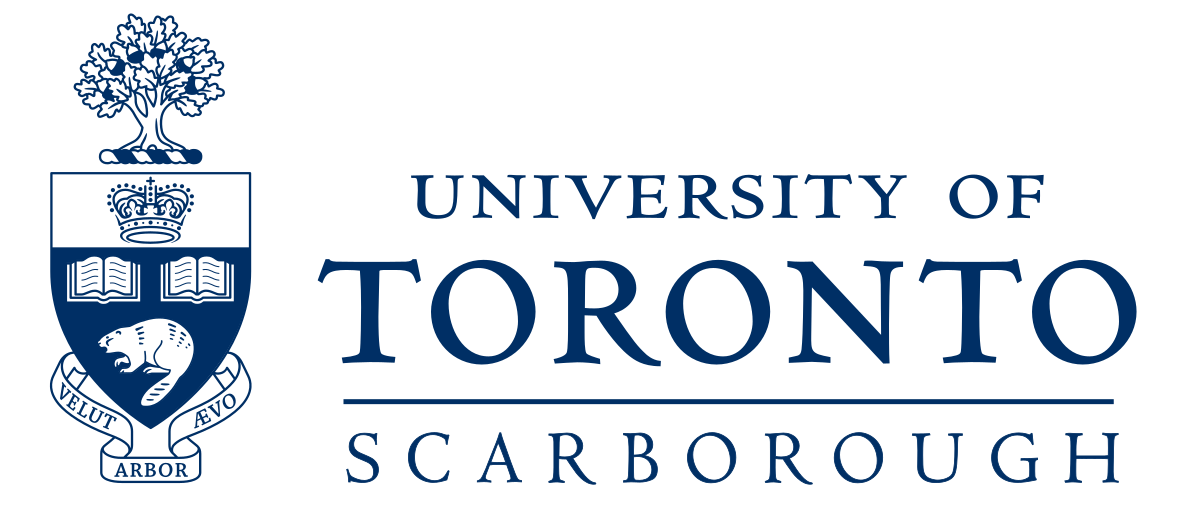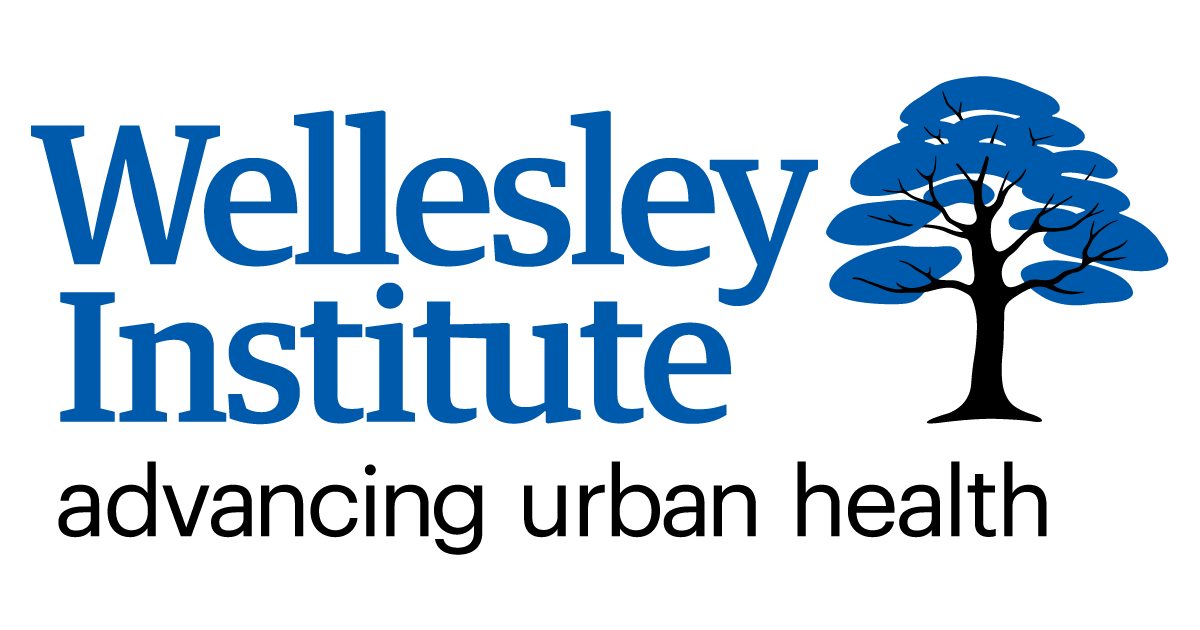Team Recruitment and Training
Neighbourhoods refers to large areas based on the City of Toronto’s formal division of areas (E.g., Dorset Park and Mount Olive).
Routes are smaller areas within neighbourhoods that we used for scheduling surveying sessions. Routes were developed based on number of houses to visit and the total area.
Letter and flyer are physically printed materials given to residents as a reminder to complete the survey.
Protocol are the procedures and processes for surveying the target population.
Residents refer to individuals who surveyors asked to complete the survey. In this handbook, we use residents unless otherwise specified.
Participants are individuals who agreed to complete the survey.
Replenish is a meeting between the survey coordinator and surveyors to exchange necessary materials and formulate solutions to any survey-related challenges.
Replenish Protocol is an outline developed for each replenish that outlines which surveyor is responsible for which route and what materials are needed from the survey coordinator.

How do we find the right surveyors?
When creating the recruitment plan, we found the following two considerations helpful:
Not everyone that applies to the position will have experience surveying, conducting community-based research, or interacting with diverse communities. Therefore, you need to recognise that regardless of the quality of your hires, you will need a training plan to equip surveyors with the knowledge and skills to achieve the project’s goals. Click here to jump to our training plan.
Survey online sources and communicate with community leaders to understand the demographics (i.e., age distribution, racial-ethnic mix, socioeconomic status). This will give you an idea of the demographics that should be represented in the surveying team. We have found that a closer match between the surveying team and sample population in language and ethnic background increases the response rate. Click here to jump to our sampling process.
Our survey team consisted of:
- To do this, you will need to partner with someone at institutions and share a job posting on institutional websites.
- When conducting the initial screening, we found that looking for community-based research, surveying in academic research, or political canvassing experience to be essential for an applicant to receive an interview invitation.
- At the same time, making qualifications and criteria over-prescriptive might sacrifice diversity and inclusivity.
- These individuals may not necessarily be students (although they could be) but individuals who have a history participating in or leading initiatives in their communities.
- These hires should be knowledgeable about the surrounding area and connected to community organisations.
- Hiring these individuals can be accomplished by partnering with community organisations such as community hubs or health clinics.
- Initial screening may be completed by looking for surveying or canvassing experience as well as ensuring that hires represent the communities in the neighbourhoods where the surveying will happen.
- Community researchers serve a different role than work-study students; while work-study students will support in administering surveys, community researchers can also perform tasks related to scheduling and management.
- Community researchers can also help develop plans for surveying in the neighbourhoods of interest. To assess these competencies during an interview, you can consider having them develop a recruitment plan for a specific neighbourhood that you intend to visit and ask them to discuss the challenges with surveying in that neighbourhood and how they would go about resolving these challenges.
- Learn about the communities you intend to survey to ensure that there is representation in your surveying team.
- Consider hiring from nearby educational institutions such as the University of Toronto and Ryerson University (work-study students), or from communities themselves (community researchers).
- Partner with staff or department at nearby educational institutions.Partner with local organizations such as community hubs or health clinics to recruit community researchers from communities.
How did we train surveyors?
The training plan is the most important opportunity to ensure that surveyors have the knowledge and skills to carry out the survey effectively. It essential to use this opportunity to cultivate surveyors’ passion, motivation, and commitment to the project. Since the majority of our surveyors were current undergraduate students at the University of Toronto, we developed a training plan that described the essential logistical information for survey administration while also provided the opportunity to learn about survey research. We conducted two, three-hour training sessions over a period of two days with reflective exercises between training session 1 and 2.
Our training plan achieved five goals:
We found it important to communicate our passion and commitment to the surveyors. We achieved this goal through a number of strategies:
- The survey coordinator described the rationale, goals, and potential impacts of the study clearly and passionately.
- The survey coordinator encouraged surveyors to ask questions that clarified the overall meaning of the study with their personal and professional goals. For example, surveyors were particularly interested in learning more about how the research team intends to translate the study findings to increase impact on their communities. We provided common examples such as preparing policy briefs for decision-makers and facilitating working groups that integrate the study findings into policy deliberations. These real-life examples created meaning for surveyors by personalising their role administering surveys to potential impacts on their communities.
- The survey coordinator emphasised the importance of each surveyor’s role in the larger Community Voices study; although they were primarily involved in one piece of many moving parts, we emphasised how crucial their role was for the success of the entire study.
- We also created an opportunity for surveyors to learn more about survey research. This discussion aided surveyors to contextualise their field work with the broader project by identifying the connections and overlaps between different study components. In addition, our surveyors were mostly undergraduate work-study students. Creating learning opportunities such as this one contributed to their motivation and commitment because it showed them that the research team was invested in their professional objectives and future career. Furthermore, providing this learning opportunity also increased surveyor’s motivation to participate in other project components (e.g., post-survey interviews, developing this handbook, and writing the final policy report).
- We also discussed the essential logistical details and protocols that surveyors needed to administer surveys. We covered a large amount of information during this training including safety considerations and how to use the various resources available to them. Because of the large quantity of information, surveyors felt overwhelmed and stressed. We found it effective to reiterate that while all these details are important, everything will make sense when they start fieldwork, and that there are a number of supports to ensure that they feel comfortable with the surveying process.
- We discussed survey protocols by reviewing a handbook that the survey coordinator created outlining all protocols and resources that surveyors may need. We anchored the discussion by using a flowchart called the “response pipeline,” which depicted a pathway from preparing for data collection, to greeting a participant, to reacting to different responses (yes, no, later/online, and did not open door), and how to give a $20 incentive after survey completion. Figure 1 below shows the response pipeline we used to summarise how to engage with residents.

- We also invited community-based researchers with experience surveying or canvassing Toronto’s neighbourhoods to provide insight on the challenges that surveyors may face as well as and inspiring and motivating surveyors by emphasising the importance of their work. Overall, we found this opportunity to have a positive impact for both surveyors and community members: improved relevance of the work for surveyors’ personal and professional lives and increased their confidence and motivation.
The final objective was to bring together all learnings about the project, survey research, protocols and logistics, and the discussion from community members. We simulated hypothetical scenarios interacting with residents to expose them to different situations they may encounter in the field. There were two stages:
- Pre-defined Script and Considerations – surveyors practiced a pre-defined script shown below to guide their interactions with residents. The survey coordinator emphasised how the script was not necessarily a “script” to use as-is in every possible interaction. The surveyors were prompted to consider how to tailor their information to each resident. However, the script contained most of the relevant information they needed to respond to questions that residents may ask. Furthermore, we also decided with surveyors on the most essential information to share with residents in a 10 second window. We found that the following pieces of information were vital to mention immediately: (1) name, (2) University of Toronto affiliation and student status, and (3) residents will get $20 in cash for doing a survey
- Simulated Scenarios and Peer Feedback – once surveyors had a chance to practice the script a few times, we conducted simulation training where each surveyor responded to an actor with a different situation, manner or demeanour such as angry, frustrated, yelling, not interested, lazy, or not fluent in English. This activity was done as a group where surveyors observed and learned from each other’s simulation. After each simulation, surveyors were first asked to reflect themselves to the entire team, and then other surveyors provided positive feedback and areas for improvement. This model created opportunities for learning from others and developing a strong rapport between surveyors.
Concluding the Training

After each training session, we conducted an assessment asking what surveyors learned from the training and found interesting in the form of three things they found interesting, two things they learned, and one question they still have. The following word cloud (Figure 2) depicts a summary of the assessment. The most prominent words used by surveyors were the following: project, survey, research, community, voices, politics, different, and residents. These words show how surveyors learned about the project (goals 1 and 3), survey research (goal 2), and interacting with residents (goals 4 and 5).
- Recognise that the training plan is an essential point to increase surveyor motivation and commitment towards the project. The training plan will help with response rate and overall ease of survey administration.
- Develop a training plan with the following components: introduction to the project, introduction to resources and protocols, panel session with experienced surveyors, and simulated practice sessions.
- Ensure that you assess the knowledge and skill development of surveyors during and at the end of each training session




